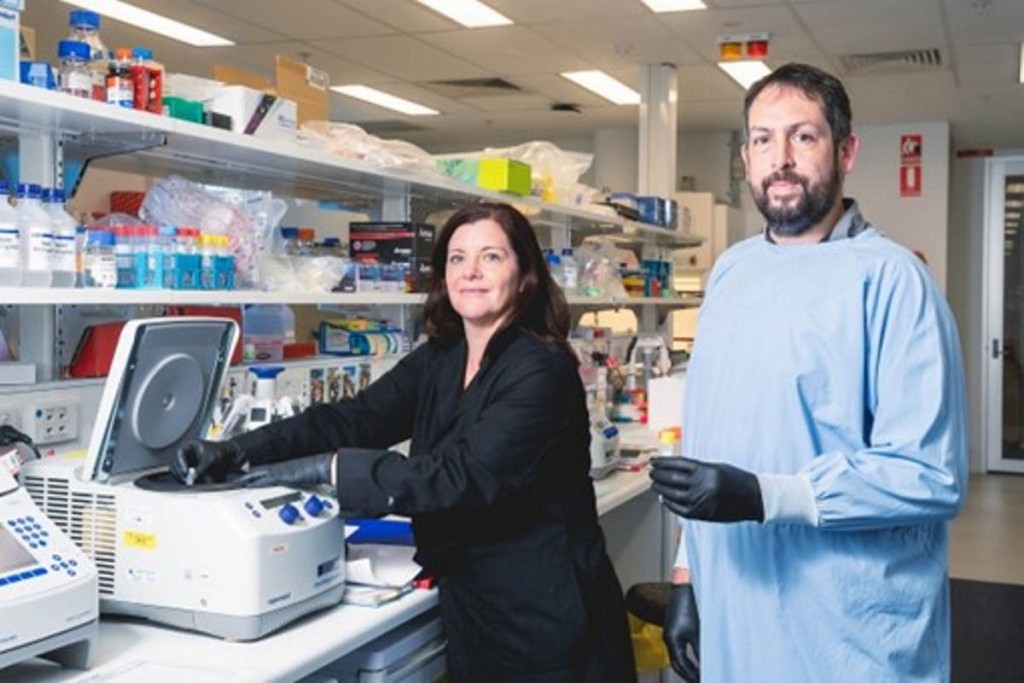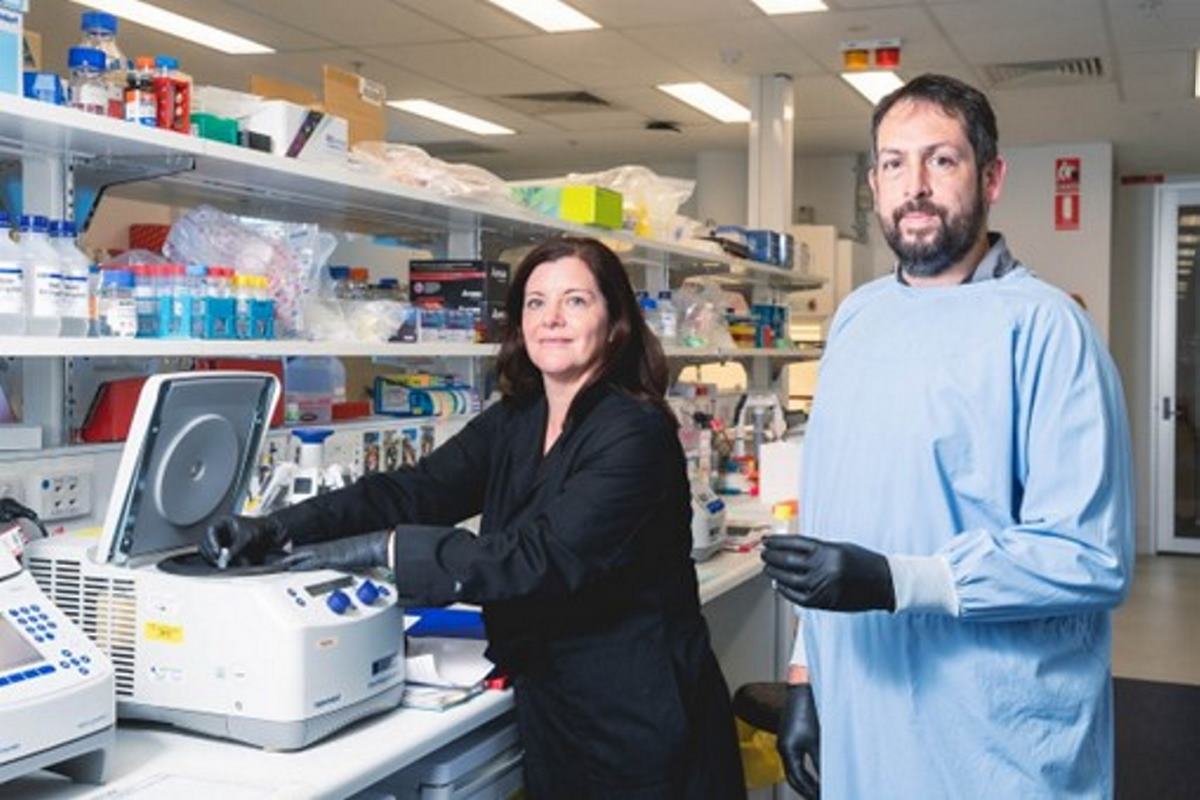
After scientists identified a link between the risk of cancer and clusters of chemicals in an individual’s cells, a screening program that could detect tumors decades in advance is on the horizon.
The chemicals are called circular RNAs, and when they stick to DNA strands in great enough numbers they can cause tumors known as oncogenes.
The breakthrough offers hope of developing personalized vaccines for vulnerable patients.
“Environmental and genetic factors have long been believed as the major contributors to cancer,” explains lead author Professor Simon Conn, of Flinders University in Australia. “We call this revolutionary finding ‘ER3D’ —from endogenous RNA-directed DNA damage’. It ushers in an entirely new area of medical and molecular biology research.
“[It] opens the door for using these molecules as markers of disease at a very early stage, where the likelihood of curing cancers is much higher.”
The study compared neonatal blood tests, or ‘Guthrie cards’, of babies who went on to develop acute leukemia as infants.
One specific circular RNA was present at much higher levels at birth, prior to the onset of symptoms, compared to peers with healthy blood.
The findings suggest it’s the abundance of the circular RNA molecules which is a major determinant for why some develop these specific oncogenes and others do not.
“These specific circular RNAs can bind to DNA at many different locations across a range of cells,” said Dr. Conn. “By binding to the DNA at specific sites, these circular RNAs cause a number of changes culminating in the breakage of the DNA which the cell must repair in order to survive.
“This repair is not always perfect and this can result in small mutations, like a misspelled word within a book, or worse, very, very large and devastating mutations.”
Multiple circular RNAs appear to act in partnership causing breaks at multiple sites in the DNA.
“This process called chromosomal translocation, is a major problem for the cell as it results in gene fusions which can actually convert the cell from a normal cell into a cancerous cell,” said Dr. Vanessa Conn, Simon’s wife, and lead author on the paper.
MORE MEDICAL BREAKTHROUGHS: A Single Injection Reverses Blindness in Patient with Rare Genetic Disorder – Another RNA Success
“This was demonstrated in two different cell types and it was found that this drove the rapid onset of aggressive leukemia.”
Gene fusions arising from circular RNAs are at well-known ‘hotspots’ of mutation in leukemia, say the husband and wife team.
This is an important consideration in Australia which has the highest incidence in the world, with around 35,000 currently living with the disease.
MORE CANCER DEVELOPMENTS: Groundbreaking Myeloma Cancer Treatment Has 90% Success Rate: ‘Dramatic Results’
These gene fusions have been used by doctors around the world for many years in guiding treatment options as they are known to worsen the prognosis for the patient who carries them.
However, until now it was unknown how these mutations arose, even though more than 100 known fusions were found in patients.
The next step say the researcher partners is to see if these fusions are present in other cancers.
SHARE This Important Discovery in Leukemia On Social Media…




















